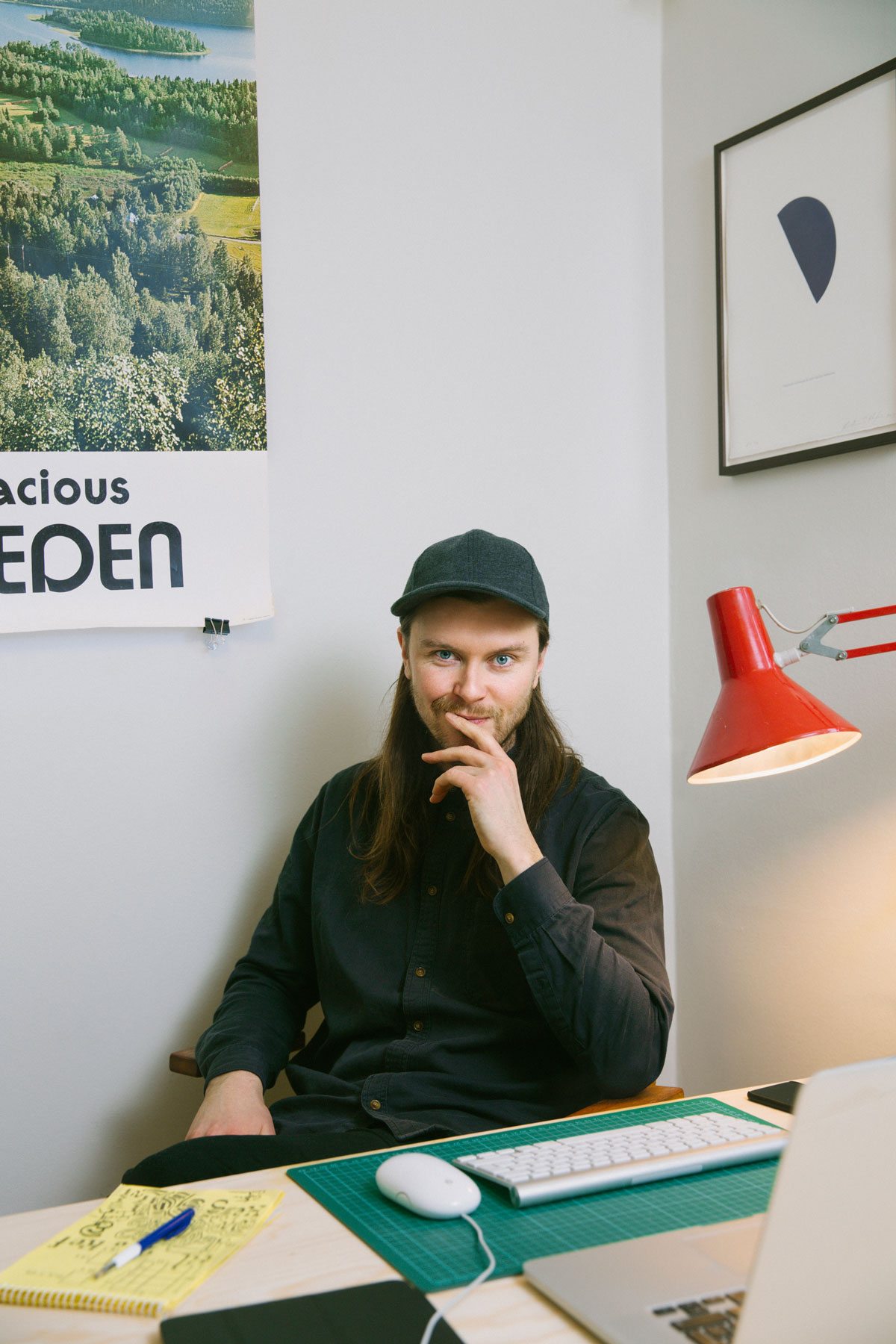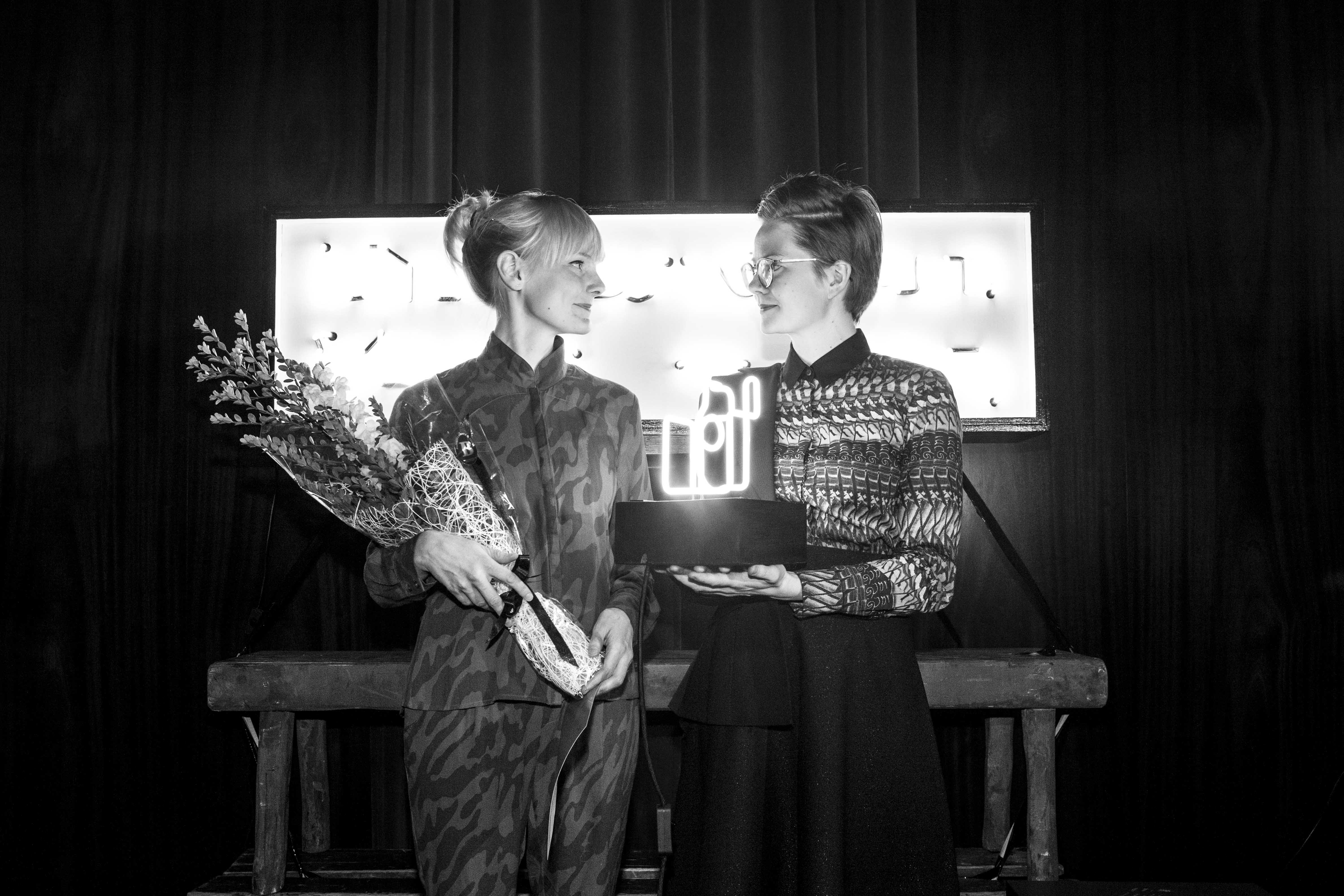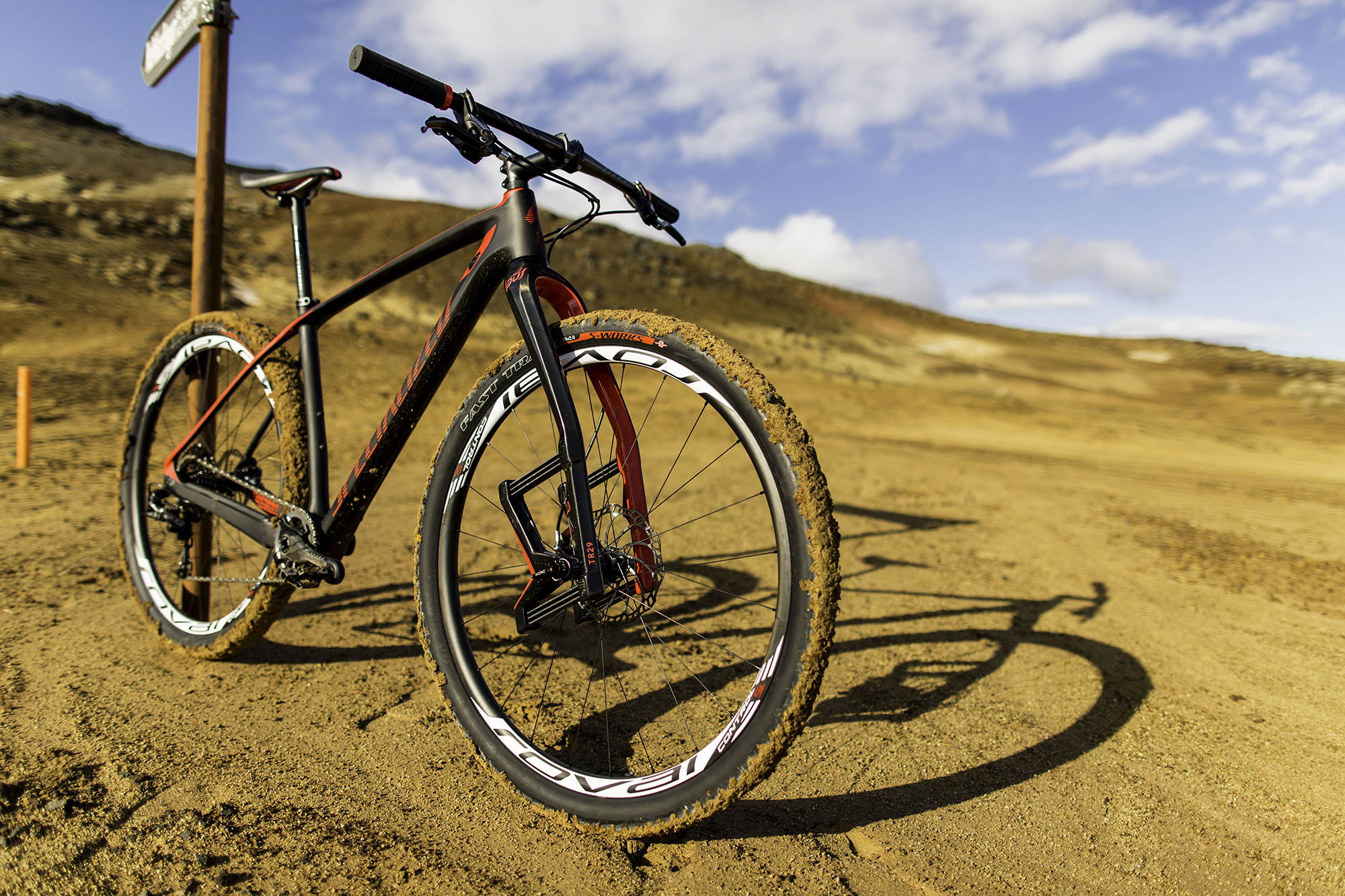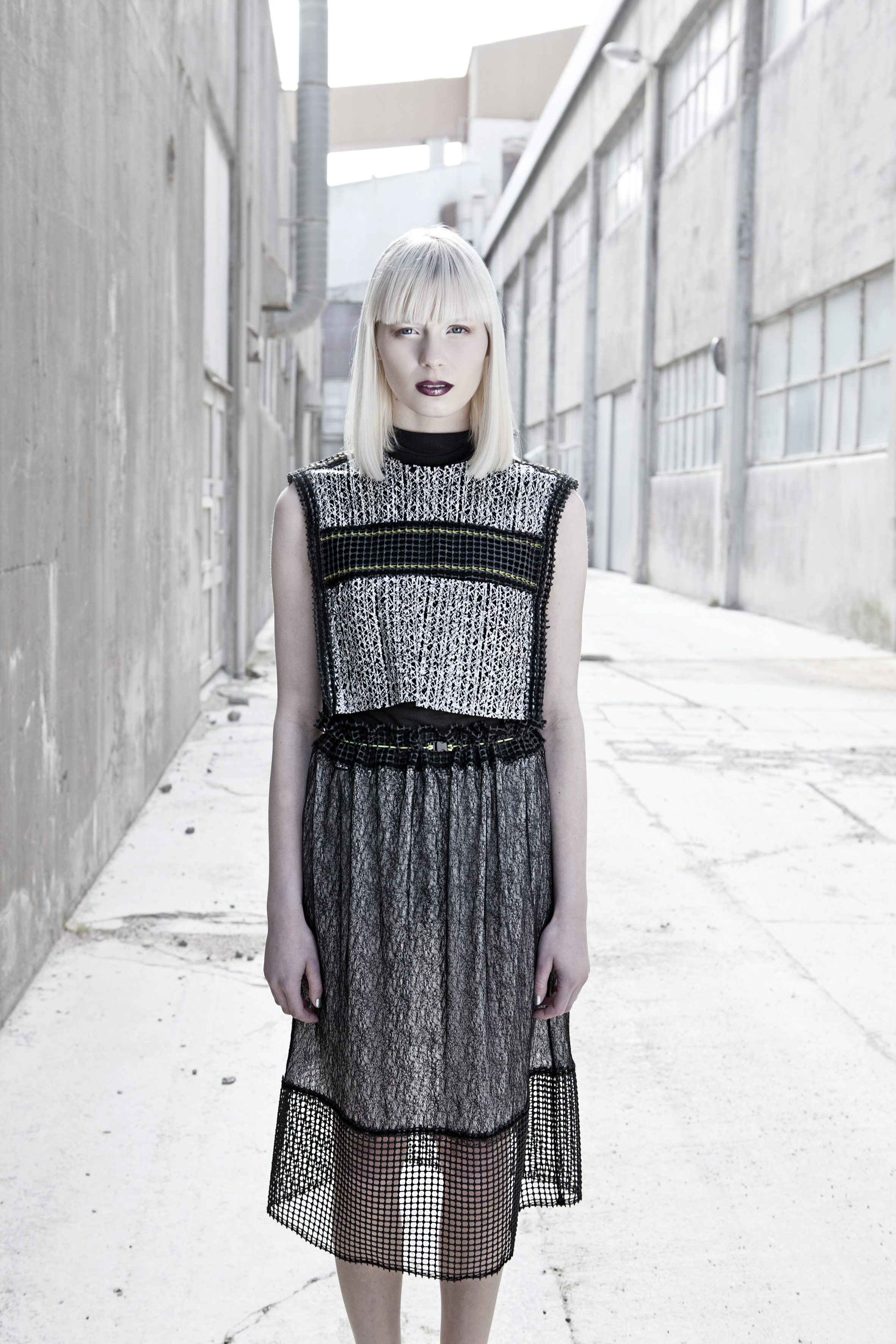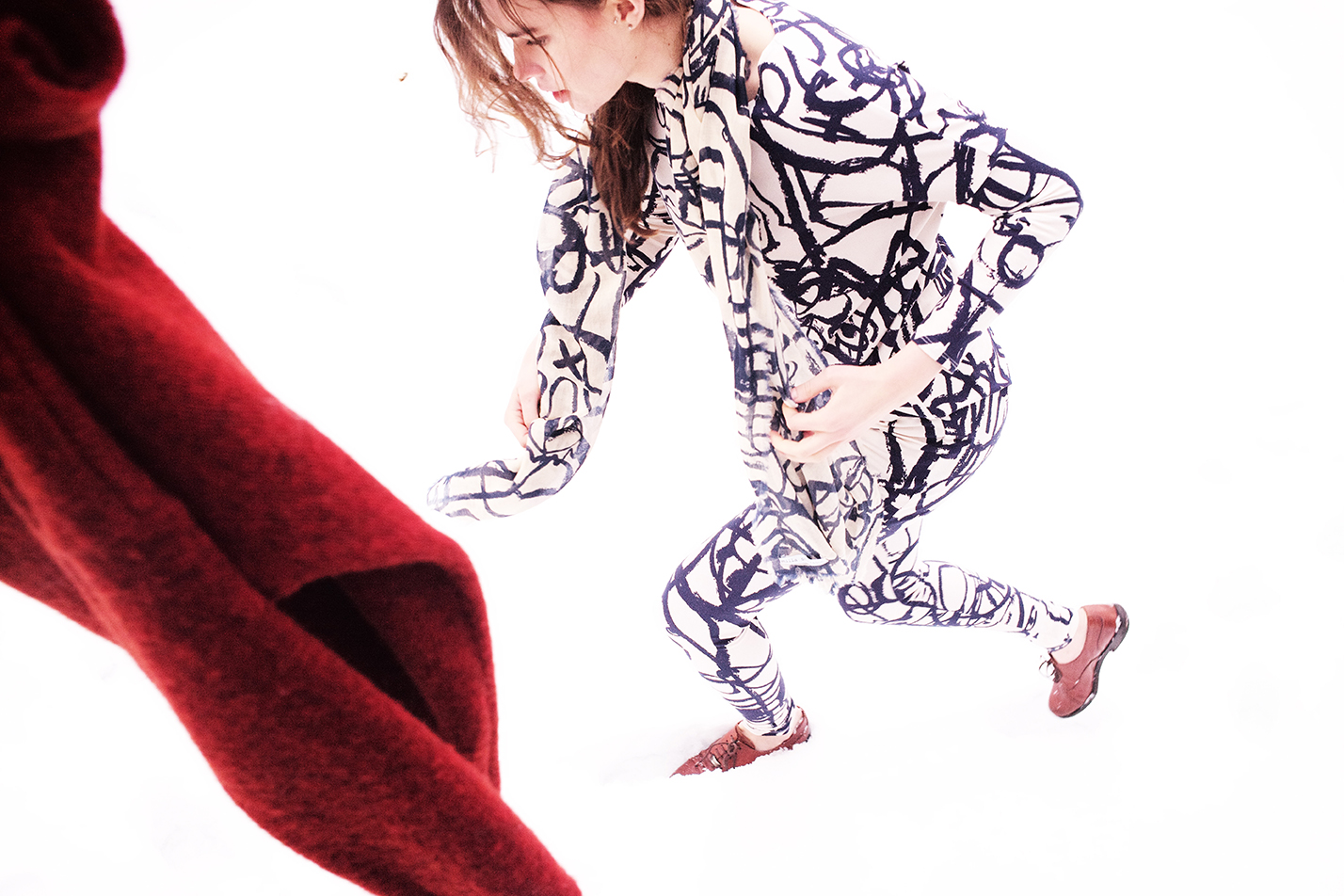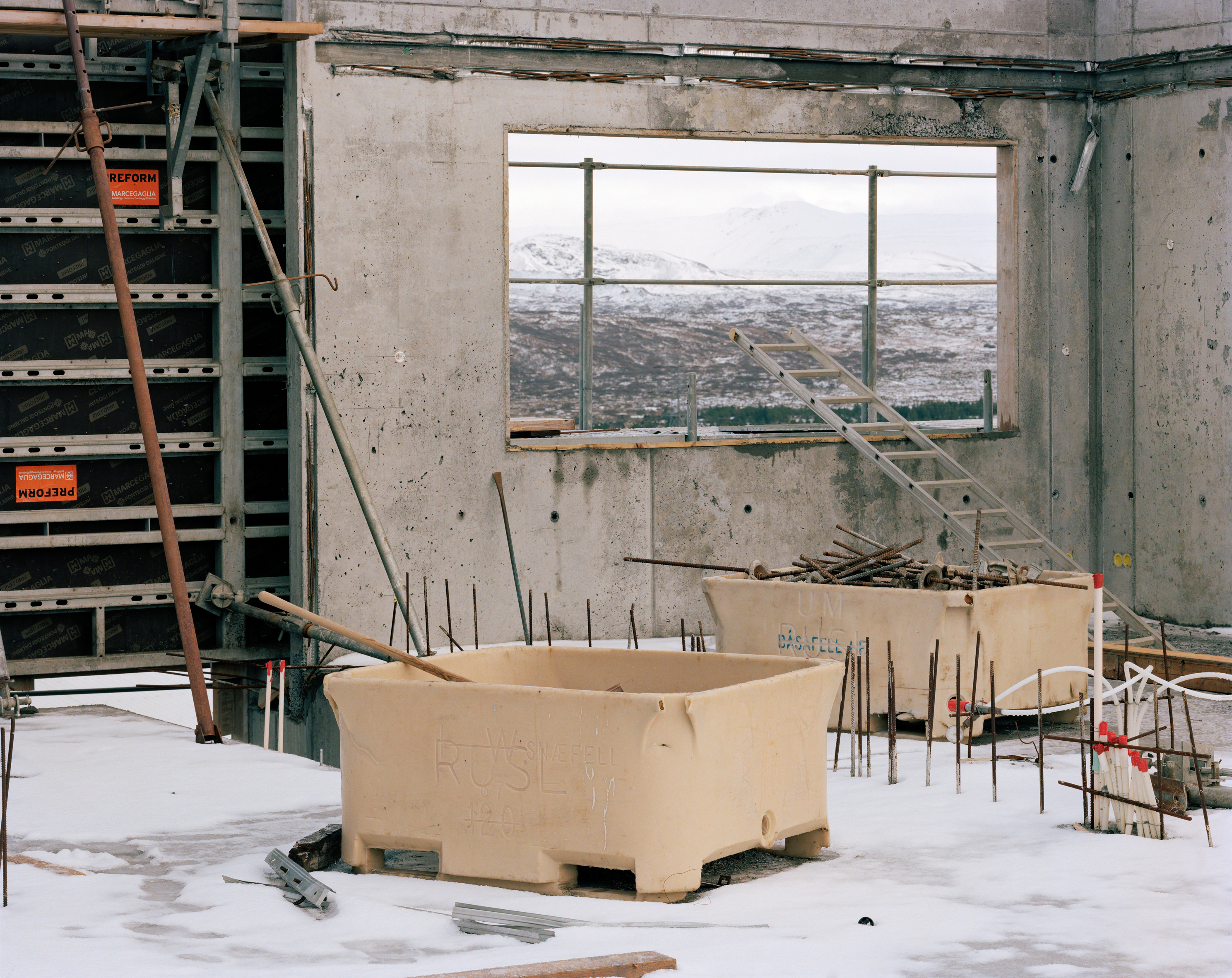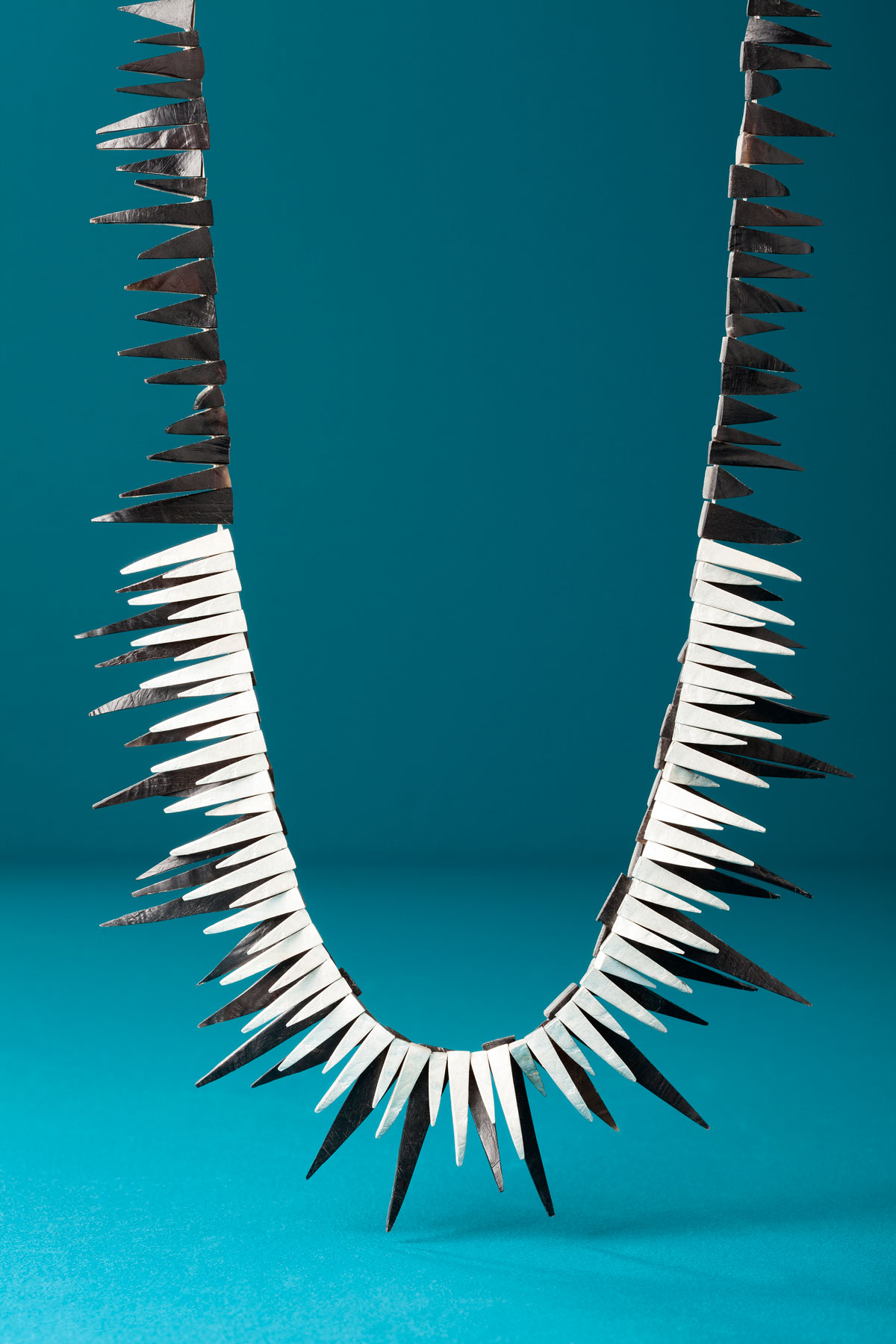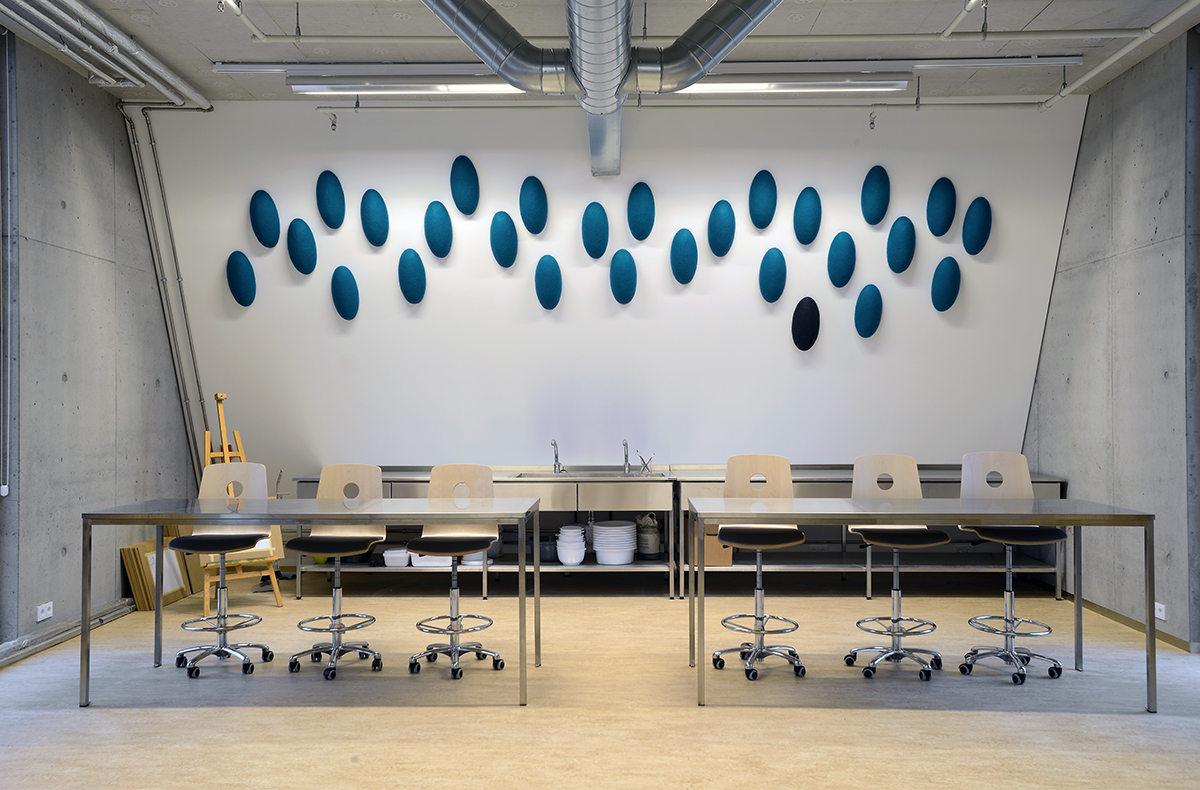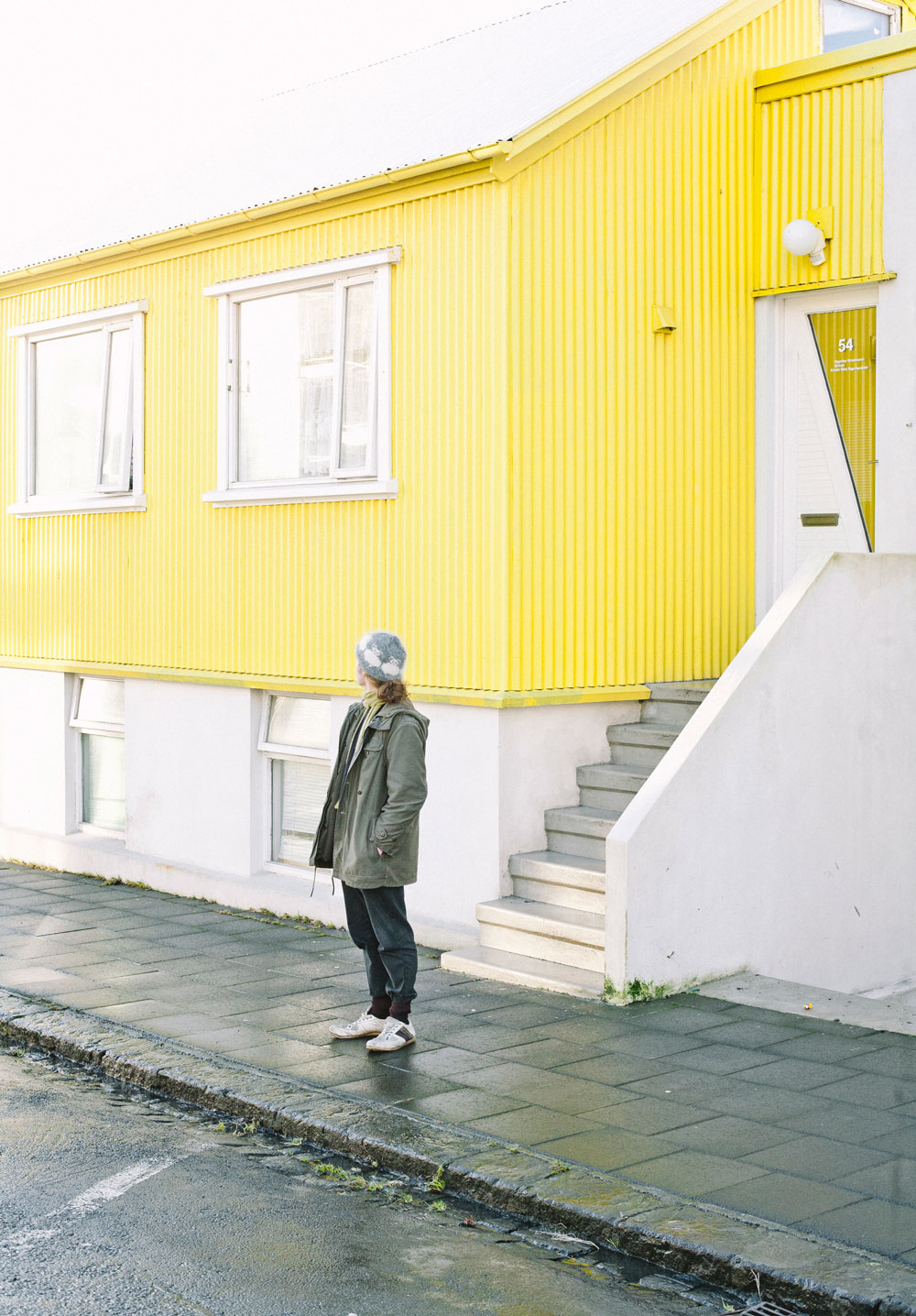Guðmundur Úlfarsson at Or Type
—
A rising star in the world of typefaces
While most people think of typeface design as seriously nerdy, it is impossible to ignore the fact that fonts play a role in most aspects of daily life. Author: Arnar Fells / Photograper Axel Sigurðsson The graphic designer Guðmundur Úlfarsson is one of the two owners of Or Type, the only specialist typeface design studio (or type foundry) in Iceland. Guðmundur recently gained attention after both the New York Times Magazine and the Sundance Film Festival bought typefaces designed by him. So who is this young type designer and what inspires his work? To find out, HA visited Guðmundur’s office in the old gas station by Hlemmur… …“Or Type receives a lot of enquiries, despite the fact that our target market is small. In fact, we have too many typefaces underway. The only thing holding us back is time, because it takes so long to complete one typeface, and I’m not even talking now about creating different variations of it,” says Guðmundur, who, today, is working on five different typefaces. He brings out a photocopy …
